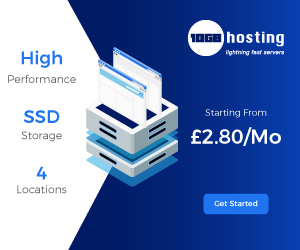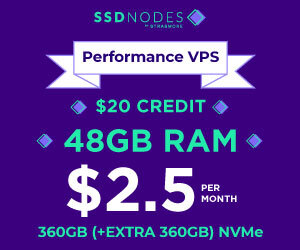By the adoption of mobile networks, cloud computing, big data, and SDNs, the amount of internet users has erupted. To make up with the fast-changing trends with wireless connectivity and the internet, organizations have attempted to have more further cloud approval for various business regulations. For years cloud computing has been offering a safe and controlled way of constant remote access. But, it does require the rush to process the collected data from the edge of the network, which is a case where an enterprise reserved network joins to a third party network. In recent years, this problem is approached by edge computing as it gives more satisfying latency.
Beneath we will analyze some differences among cloud computing and edge computing and will see if it can take place cloud computing.
Table of Contents
What Is Edge Computing?
It can be defined as a shared IT network architecture that allows mobile computing for locally generated data. Hence, rather than transmitting the data to the data centers, it decentralizes computing power to assure real-time processing without latency in addition to decreased storage and bandwidth needs on networks.
What Is Cloud Computing?
The cloud is a collection of various hardware and software that operate collectively to achieve many computing features to the end-user as online services.
Transferring to cloud computing services rather than developing in-house data centers decreases a company’s responsibility in terms of spending heavily on construction and maintenance. Cloud computing, with its wide usage, contains several advantages such as:
Scalability: It enables organizations to begin with small deployments on clouds and grow efficiently as time advances. It also allows organizations to estimate by adding extra resources as and when required, which permits them to meet the fast-changing customer requests.
Maintenance: In the event of holding in-house data centers, organizations must manage the data centers by themselves. However, by cloud computing, the cloud providers themselves control the systems.
Cost-saving: Organizations gradually decrease both operational and financial costs when it proceeds to expand their computing abilities.
Resource pooling: Various users can distribute the same spaces and resources can be allocated and shared as required. Users from any place in the world have fair access to the services.
Cloud Computing vs Edge Computing
Today the whole world is dependant on the internet, technology demands low latency and high speed to give excellent client encounter. Therefore, one cannot bear to own cloud computing for each requirement.
Even though the cloud has few advantages edge computing owns more benefits when compared.
Speed
Every new data the cloud works by is within the edge devices, which accumulate and transfer data to it. The devices at the end play a short role of only transferring raw data and getting processed information from the cloud. However, the transfer that carries place can be utilized solely with the applications where the time lag is allowable.
Therefore, edge computing gives more reliable speed with low latency, providing the possibility of assessing input data close to the root. This gives more range for purposes that require real-time services.
Low Connectivity Cost And Better Security
Preferably than cleaning data at the central data center, edge computing enables organizations to filter data at the source. This happens in less shift of organizations’ delicate information among devices and the cloud, which is more suitable for the security of companies and their clients. Decreasing the movement of data also reduces the cost acquired as it excludes the requirement for storage conditions.
Better Data Management
According to the figures, the connected devices are assumed to enter around 20 billion by 2020. Edge computing brings a proposal where it takes some systems with special requirements, saving up cloud computing to work as a general-purpose platform. For instance, the most reliable route to a purpose within a car’s GPS will get from examining the neighboring areas sooner than the data centers of the carmakers, which will be far away from the GPS. This concludes in lower dependency on the cloud and supports applications operate properly.
Final Impressions
Even though edge computing has more benefits matched to cloud computing, it would be incorrect to state that edge would fully substitute cloud computing. Deciding which one company will opt is better left as they will be making this decision according to their needs. Choosing between these two would be like choosing whether you want a luxury sports car or a more spacious family car. It depends on what one wants. Identify your needs, compare them against costs, assess, and then decide which one is the optimal preference.




